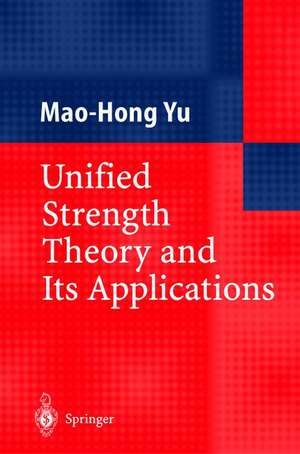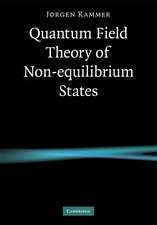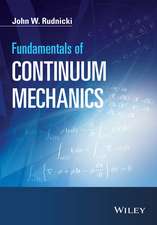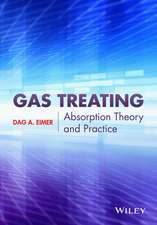Unified Strength Theory and Its Applications
Autor Mao-Hong Yuen Limba Engleză Hardback – 8 ian 2004
| Toate formatele și edițiile | Preț | Express |
|---|---|---|
| Paperback (2) | 647.27 lei 6-8 săpt. | |
| Springer Berlin, Heidelberg – 12 oct 2012 | 647.27 lei 6-8 săpt. | |
| Springer Nature Singapore – 3 ian 2019 | 1116.89 lei 6-8 săpt. | |
| Hardback (2) | 653.65 lei 6-8 săpt. | |
| Springer Berlin, Heidelberg – 8 ian 2004 | 653.65 lei 6-8 săpt. | |
| Springer Nature Singapore – 28 noi 2017 | 1123.19 lei 6-8 săpt. |
Preț: 653.65 lei
Preț vechi: 769.00 lei
-15% Nou
125.08€ • 133.75$ • 104.29£
Carte tipărită la comandă
Livrare economică 18 aprilie-02 mai
Specificații
ISBN-10: 3540437215
Pagini: 436
Ilustrații: XX, 412 p.
Dimensiuni: 155 x 235 x 29 mm
Greutate: 0.79 kg
Ediția:2004
Editura: Springer Berlin, Heidelberg
Colecția Springer
Locul publicării:Berlin, Heidelberg, Germany
Public țintă
ResearchCuprins
Textul de pe ultima copertă
Caracteristici
Recenzii
Notă biografică
Yu Mao-Hong is the winner of the National Natural Science Price of China and the winner of the Ho Leung Ho Lee Foundation Mechanics Prize. His research areas focus on Mechanics of Materials, Plasticity, Structural Mechanics, non-linear FEM, Soil Mechanics and Rock Mechanics.
Yu Mao-Hong has already published the followed monographs with Springer:
- Unified Strength Theory and Its Applications (2004)
- Generalized Plasticity (2006)
- Structural Plasticity: Limit, Shakedown and Dynamic Plastic Analyses of Structures (2009)
- Computational Plasticity: With Emphasis on the Application of the Unified Strength Theory (2012)
Descriere
This book thoroughly describes a theory concerning the yield and failure of materials under multi-axial stresses – the Unified Strength Theory, which was first proposed by the author and has been frequently quoted since. It provides a system of yield and failure criteria adopted for most materials, from metals to rocks, concretes, soils, and polymers. This new edition includes six additional chapters: General behavior of Strength theory function; Visualization of the Unified Strength Theory; Equivalent Stress of the UST and Comparisons with other criteria; Economic Signification of the UST; General form of failure criterion; Beauty of Strength Theories. It is intended for researchers and graduate students in various fields, including engineering mechanics, material mechanics, plasticity, soil mechanics, rock mechanics, mechanics of metallic materials and civil engineering, hydraulic engineering, geotechnical engineering, mechanical engineering and military engineering.










